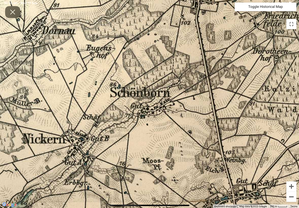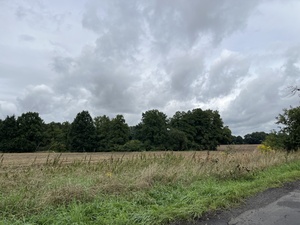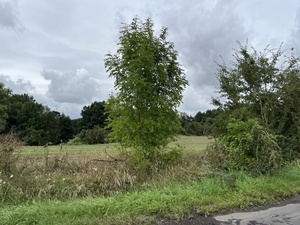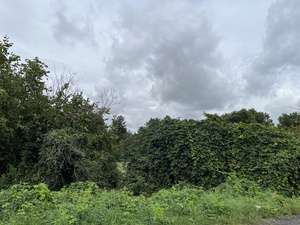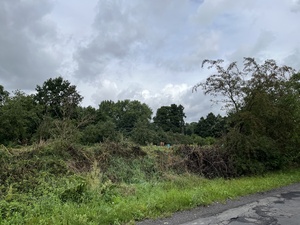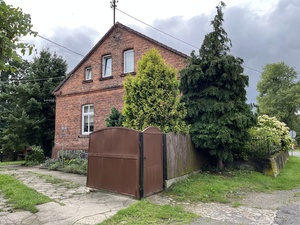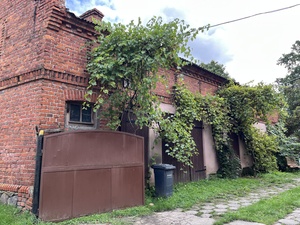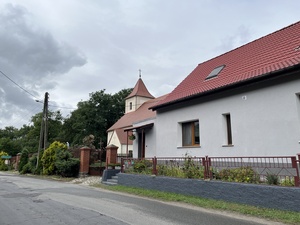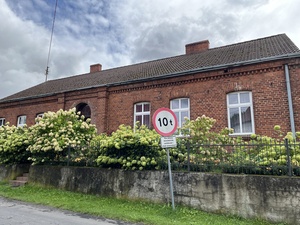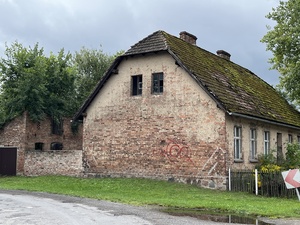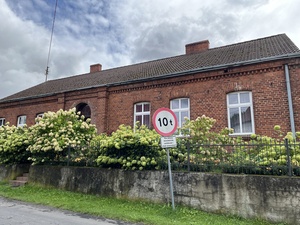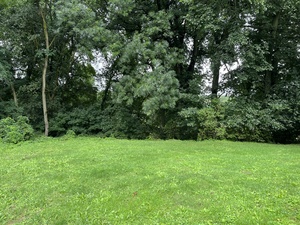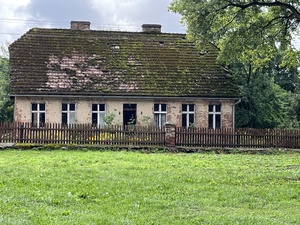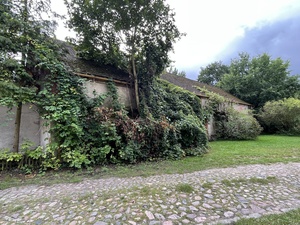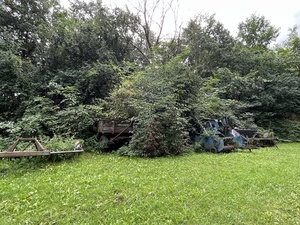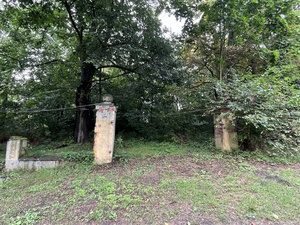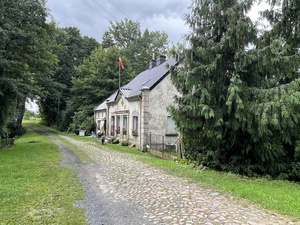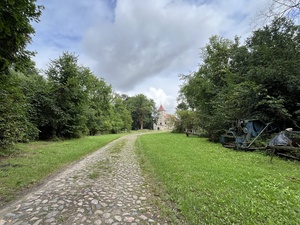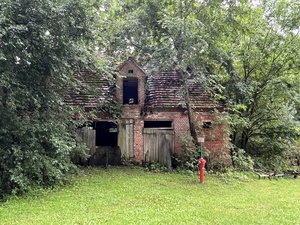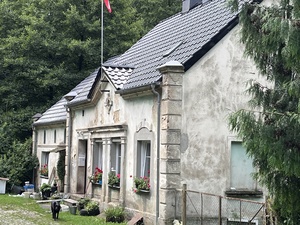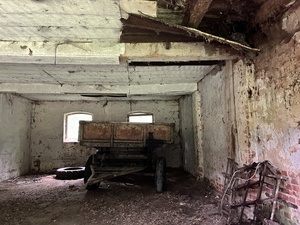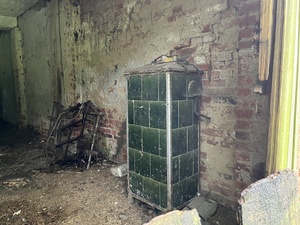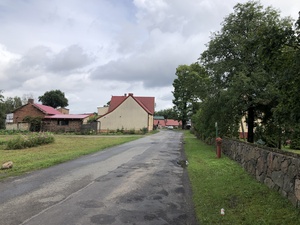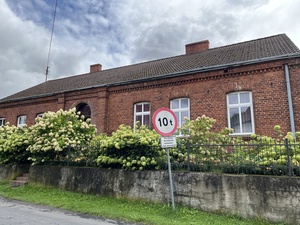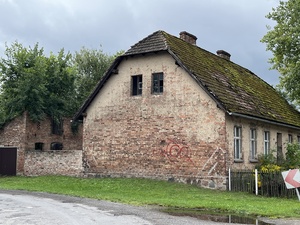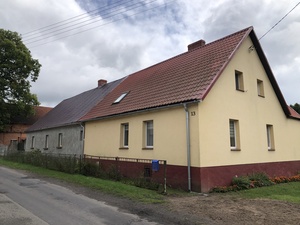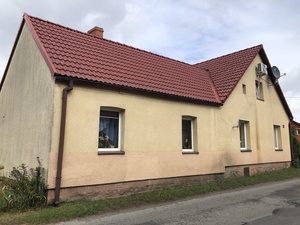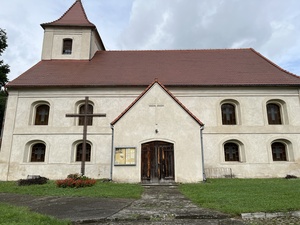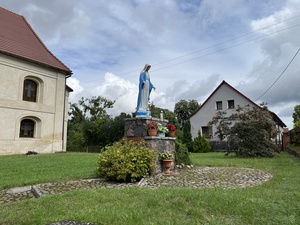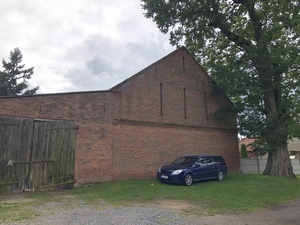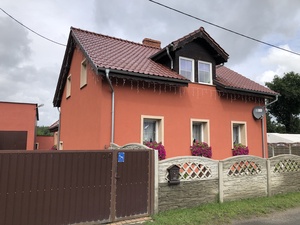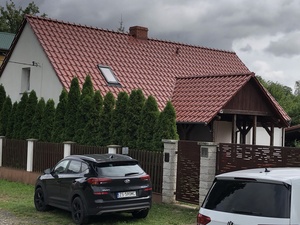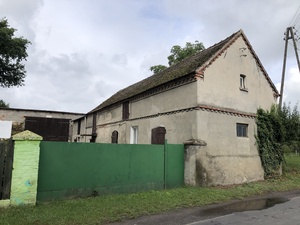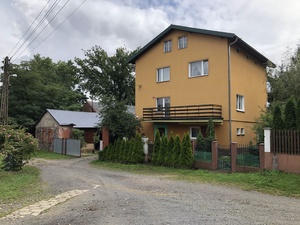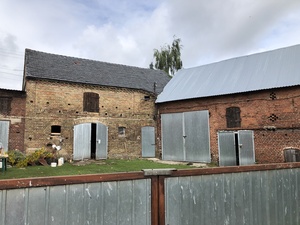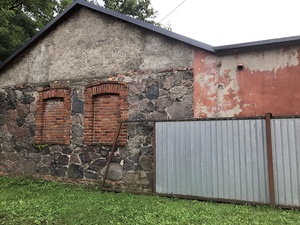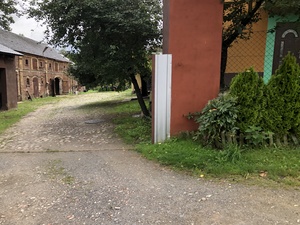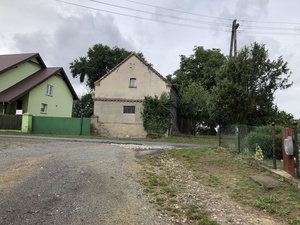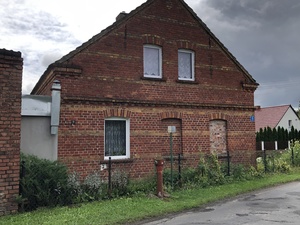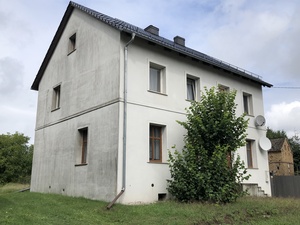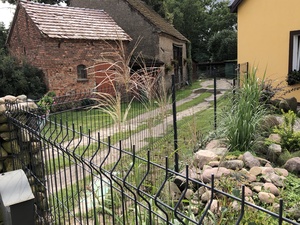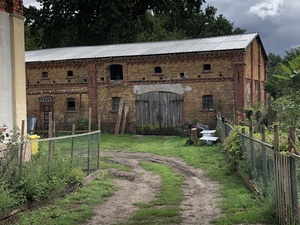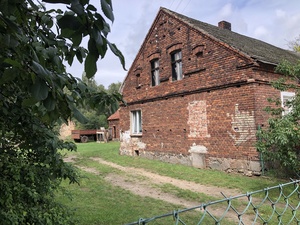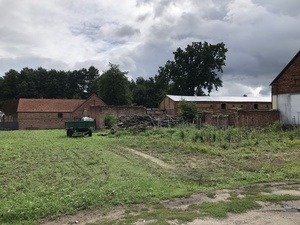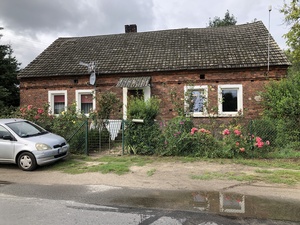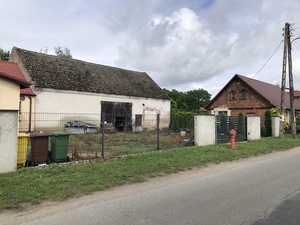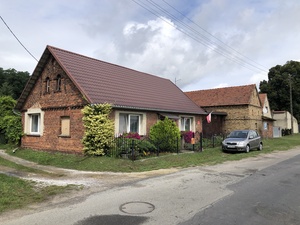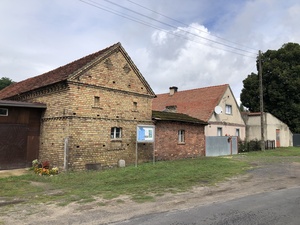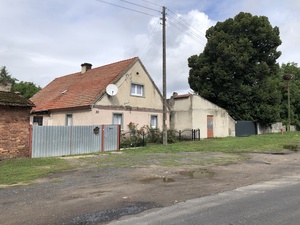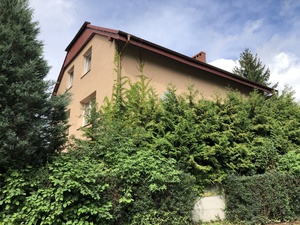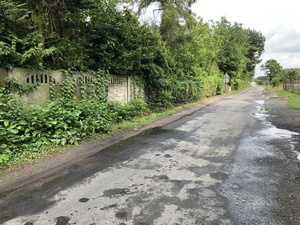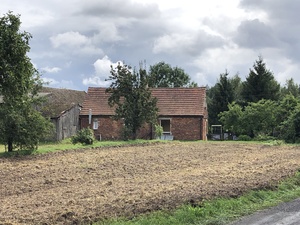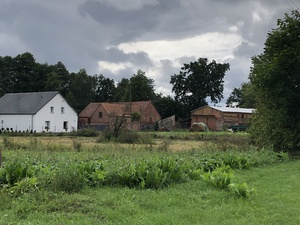This Page forms part of the overall Zebra-ProjectBy clicking on the following Link a list of all Zebra-Project tabbed pages will be displayed. |
|
To return to: A stroll through their villages This article is a 2023 look at the
Village of Kępsko, PolandSchönborn, Brandenburg, Prussia, now Kępsko, Lubusz Voivodeship, Poland
Summary
The family names that are mentioned in this article: LIEBELT, STEINBORN, SCHULZ, SCHMIDT, WEIMANN, SCHNEIDER, JANTKE. |
Aim of this Article
To share photographs of the village, taken in August 2023
Table of Contents
1. Author's Note
2. Who on the ‘Zebra’ came from Schönborn?
3. How old are the buildings in this village?
4. Meyers Gazzeteer
3. A walking tour through Schönborn.
1. Author's Note
2. Who on the ‘Zebra’ came from Schönborn
See: Were your Ancestors on the ship 'Zebra'?
No-one!
BUT…..the following village people were on the 'Prince George’
Johann Christian LIEBELT & Anna Elisabeth STEINBORN
Anna Elisabeth STEINBORN was amongst the oldest of the 'Old Lutherans' to arrive in South Australia in 1838/9
- they are the author's great, great, great, great grandparents
Anna Elisabeth SCHULZ [or SCHULZE OR SCHULTZ] nee SCHMIDT & her niece Anna Dorothea SCHMIDT. [Kavel's People page 153]
Christian WEIMANN & Anna Dorothea SCHNEIDER, previously widow JANTKE & 4 children.
3. How old are the buildings in this village?
Through Genealogy SA and the German & Continental group I was able to ask a Polish author & historian what if anything in these villages dates back to 1838.
I asked about the following villages:
- Kije [Kay]
- Niekarzyn [Nickern]
- Kępsko [Schönborn]
- Klępsk [Klemzig]
Response:
- Very few houses from the time of the "Zebra", i.e. from the first half of the 19th century, have survived.
-
The residential and farm buildings in the 4 villages are rare
- Although there are much older preserved cottages in the region, too, also from the 18th century
- The vast majority of buildings in these four villages date from the late 19th and early 20th centuries.
The older ones include (some of them in bad condition):
- ruins of a barn in a manor complex (Klępsk) - 1st half of the 19th century.
- cowshed in the estate of Klępsk Górny - 18th/19th century
- dwelling house "czworak" - from the 1st half of the 19th century (Klępsk)
- barn from the 1st half of the 19th c. Klępsk
- a house from the beginning of the 19th c. - New Klępsk
- Manor house in the manor complex, 18th/19th century - Niekarzyn
- A Palace - end of 18th century - Niekarzyn
- As far as regional monuments are concerned - such as palaces, churches, town halls, etc. - there are many more preserved.
- The others are houses - in Kije - the earliest from 1860.
“In fact, most of the earlier houses from these villages disappeared not so much because of war damages, but rather because they were not made of brick, so they were deteriorated more quickly. And the later ones, made of bricks - they survived better than those in, for example, half-timbered construction.
There is a register of historical monuments and some of the houses in the four villages are listed there. It was from this register that I used to answer her question. Although, in fact, the seven buildings (or ruins) I mentioned would need to be checked now, as the most recent survey of them was made in 2010.”
4. Meyers Gazzeteer
5. Take a stroll around Kępsko.

